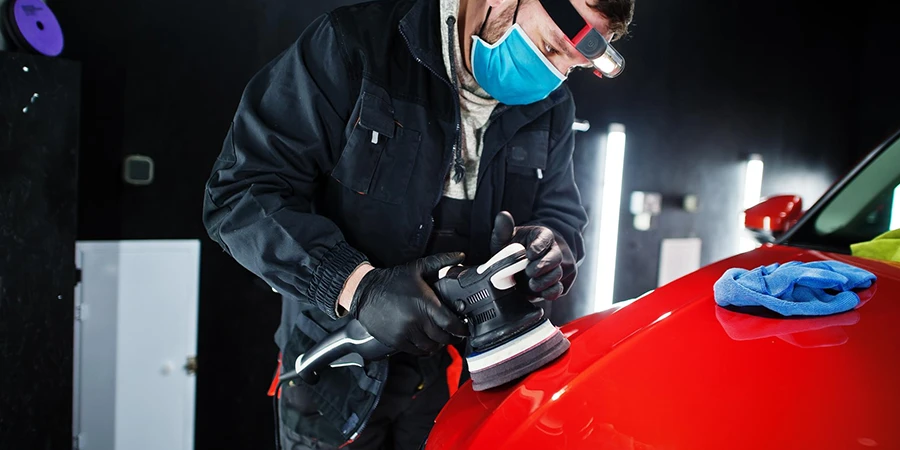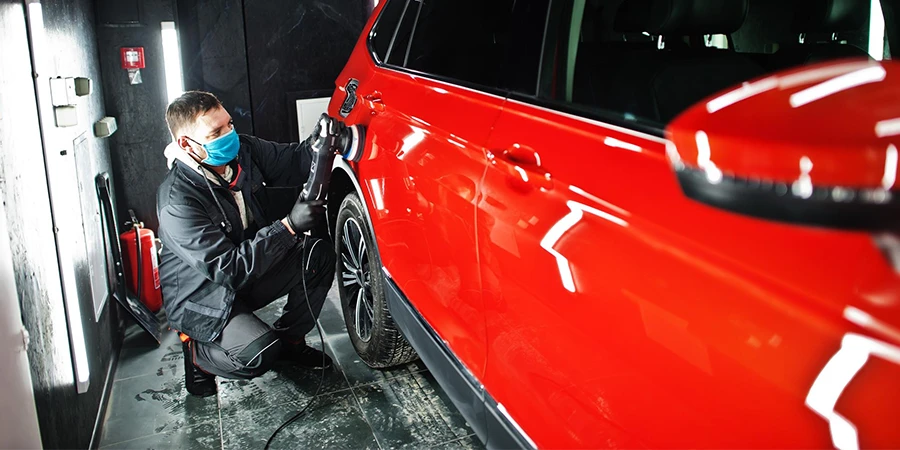If you’ve lived through a Queensland summer, you already know how brutal the sun can be, especially when you climb into a car that’s been parked outside all day. The temperature spikes fast, the seats are scorching, and the air con works overtime just to make it bearable.
And to be frank, the winters are not cold, the sun still heats in winter (and the middle of the year can be quite dry)… so your car still needs protection.
That’s why ceramic window tinting in Brisbane isn’t just cosmetic — it’s functional. But when it comes to choosing between standard window film and ceramic tint, what’s really the difference? And is ceramic worth the extra investment?
Here’s what you need to know before making the call.
What’s the Difference Between Regular and Ceramic Tint?
Standard window tints typically use dyed or metallic layers to darken the glass and reduce light transmission. They block some heat and UV, but mainly provide shading and glare control.
Ceramic tint, on the other hand, is made using nano-ceramic particles that don’t conduct heat or interfere with electronic signals. These films are designed to block infrared (IR) heat, UV rays, and glare — all while maintaining clarity and colour stability.
In simple terms: ceramic does everything regular tint does, but better.
How Do They Perform in Brisbane’s Heat?
This is where ceramic window tinting Brisbane really shines. In our high UV, high-heat climates here in this part of Queensland, ceramic tints offer:
- Superior heat rejection (especially IR heat, which causes that oven-like effect)
- Faster cool-down times once the car is started
- Better overall temperature control, even after long sun exposure
With regular tint, you’ll still get shading, but the cabin can remain uncomfortably warm, especially on west-facing drives or hot afternoon commutes.
What About UV Protection?
Both ceramic and dyed films block UV to a degree, but ceramic tints can block up to 99% of harmful UVA and UVB rays. That’s critical for protecting:
- Your skin (especially if you drive long distances regularly)
- Your dashboard and leather seats from cracking or fading
- Any children or pets travelling in the car
Over time, those small differences add up to real protection, and less wear on your interior.
Will It Affect Visibility or My Phone Signal?
Nope! It won’t. In fact, ceramic film has no metal content, which means:
- No signal interference for phones, GPS, or toll tags
- No reflective finish or mirror-like glare
- A cleaner, more natural view from inside and out
You get heat and UV protection without making your windows look overly dark or shiny.
Is Ceramic Tint Worth the Higher Price?
Ceramic films do cost more upfront. It usually works out to 30–50% more than standard dyed or metallised tints.
But when you factor in the better heat control, improved clarity, longer lifespan, and higher UV protection, ceramic becomes a smart long-term investment. Especially in a climate like Southeast Queensland’s, where your car faces high sun exposure year-round.
If comfort, interior protection, and performance matter to you, ceramic tints win hands down. It’s a no-brainer.
Final Verdict? Go Ceramic Window Tinting in Brisbane
Brisbane weather is no joke. And neither is the damage the sun can do to your car over time.
Ceramic tint offers next-level protection, better heat rejection, and longer-lasting performance. If you’re upgrading your vehicle or replacing old film, it’s well worth considering the ceramic option.
Matt Bull Window Tinting installs high-performance ceramic window films for Brisbane and Ipswich drivers, with clean installs, honest advice, and long warranties. Get in touch today on 0400 700 154 for a quote or expert recommendation.



